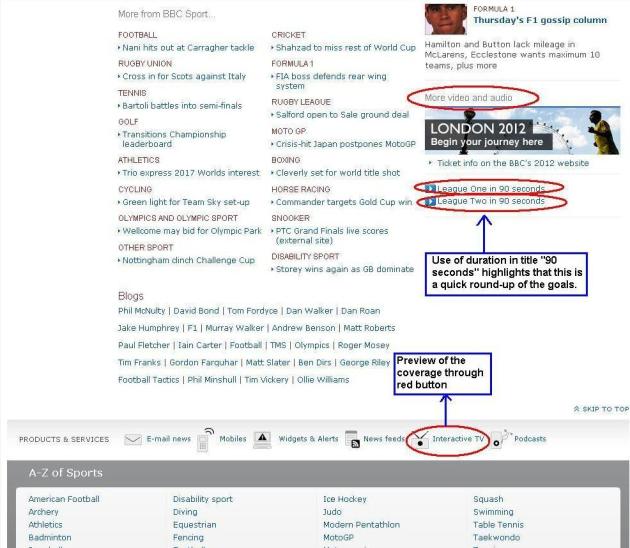
Financial newspapers are investing in online video journalism (Emily Craig)
By Emily Craig
It’s becoming more and more evident that the big broadcasters and their alter-egos, the solo vloggers, aren’t the only ones investing time and money in online video content. Many in the media have noticed that newspapers such as The Guardian and the New York Times have been building increasingly sophisticated multimedia platforms over the past few years. But there’s now a new player in the market as the financial dailies get involved in creating and sharing video content.
So why are financial newspapers in a category of their own? Why is their interest in online video journalism more surprising?
This question can, perversely, be answered with a question – would we expect video journalism to add anything to business reportage? For a medium that relies on creating a visual impact, how it is that footage of brokers and traders staring at computer screens in strip-lit offices has the potential to make an interesting or arresting piece of video journalism?
Admittedly, the likes of the Wall Street Journal and the Financial Times do not confine themselves to only reporting financial news, but it’s certainly the main focus (and the most profitable part) of their output.
Now the websites of both newspapers are experimenting with the video format – and, apparently, making money out of it too. Perhaps crucially, each newspaper’s website is ring-fenced by a paywall. Their readers are paying for expert information, be it stock tips or expert analysis of the market.
And this means that their video journalism doesn’t have to be ground-breaking or particularly original – they have a captive audience, who come to their website for niche or ‘exclusive’ content, regardless of the form in which it is delivered.
But how exactly have these newspapers made a success out of the online video format? The Wall Street Journal now has 10 million streams per month of its latest videos, with more than 20 people working to produce up to 5 videos per day. Each video is bracketed by an advertisement, normally of about 15 seconds. The ‘shows’ normally come in at under 10 minutes, with some less than a minute in length, and all of them are filmed live.
We’re not talking cable television production values. Against a prosaic corporate-HQ-type backdrop, we hear live from correspondents in the newspaper’s other bureaus (another corporate-HQ-type backdrop…). Any newsworthy footage is usually provided by an agency like Associated Press or Reuters, with stills also used as wallpaper for a voicer from one of the newspaper’s journalists.
So far, not so inventive. But the style of the video ‘broadcasts’ has been compared to that of the cable TV bulletin in the US. With American networks continuing to produce programs that are more opinion-focused and less news-based, the Wall Street Journal could be onto something with its daily briefings at 8.30am and 4pm.
Video journalism online could also be a new source of commercial revenue. Advertisers are willing to pay more for a premium video slot once they’ve seen the impressive CPM (cost per thousand impressions) figures. It might even be that journalism is following the money, rather than the other way around – although that’s a difficult one to prove.
In contrast to the Wall Street Journal’s bulletin-style analysis, the Financial Times is not looking to reproduce an existing TV format. This arguably means it can afford to be a little more creative with its video output, since it’s looking to produce stand-alone ‘complimentary’ features.
However, for both newspapers at this stage, you’re left with the impression that filming a conference or interviewing a talking head is their idea of video journalism. Neither newspaper has been driven to experiment with video as a way of widening its audience or broadening its appeal.
There’s no critical need for either of these publications to be creative with presentation when they can afford to rely on the nature of their content to attract subscribers.
But, having been offered the chance to boost commercial revenue on the cheap, it’s hardly surprising that these newspapers are capable of identifying a shrewd investment. They’ve woken up to the trend, and it seems like they’re cashing in on it.








